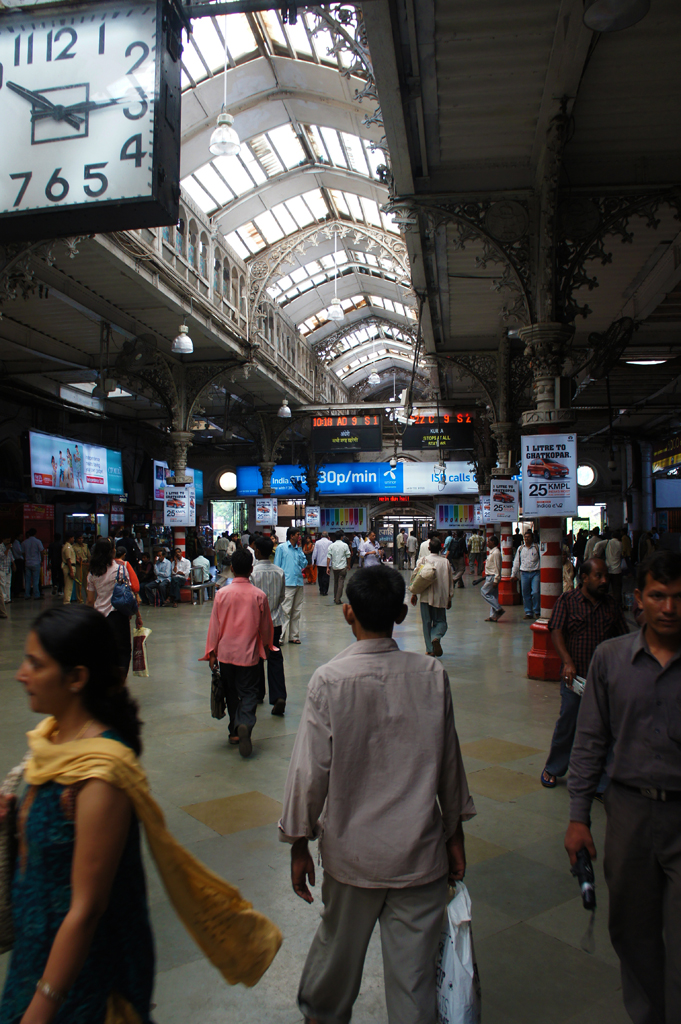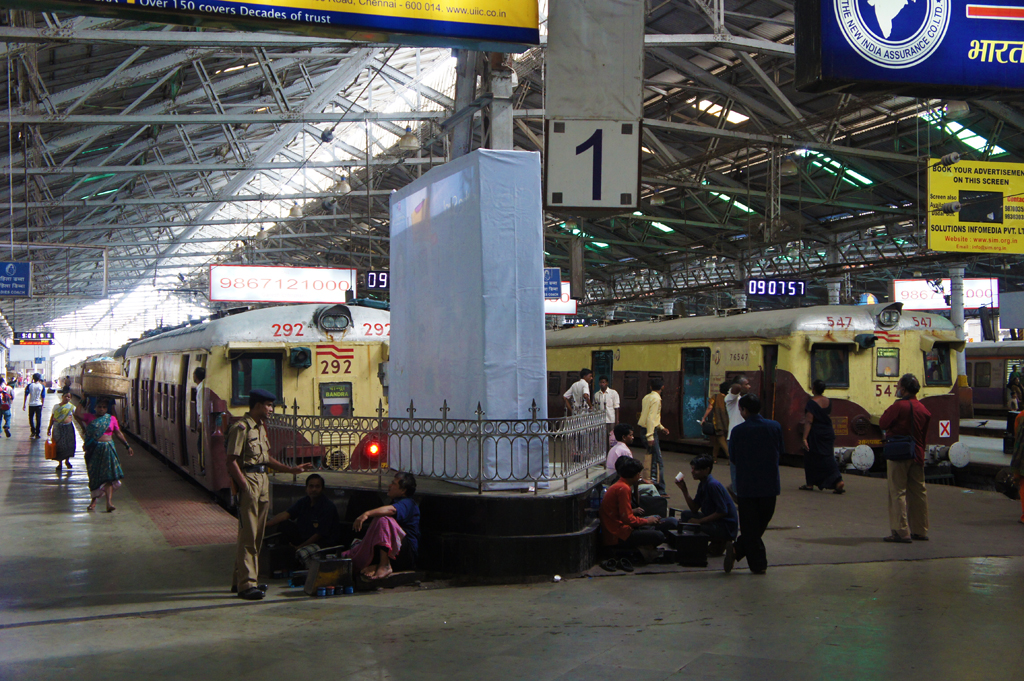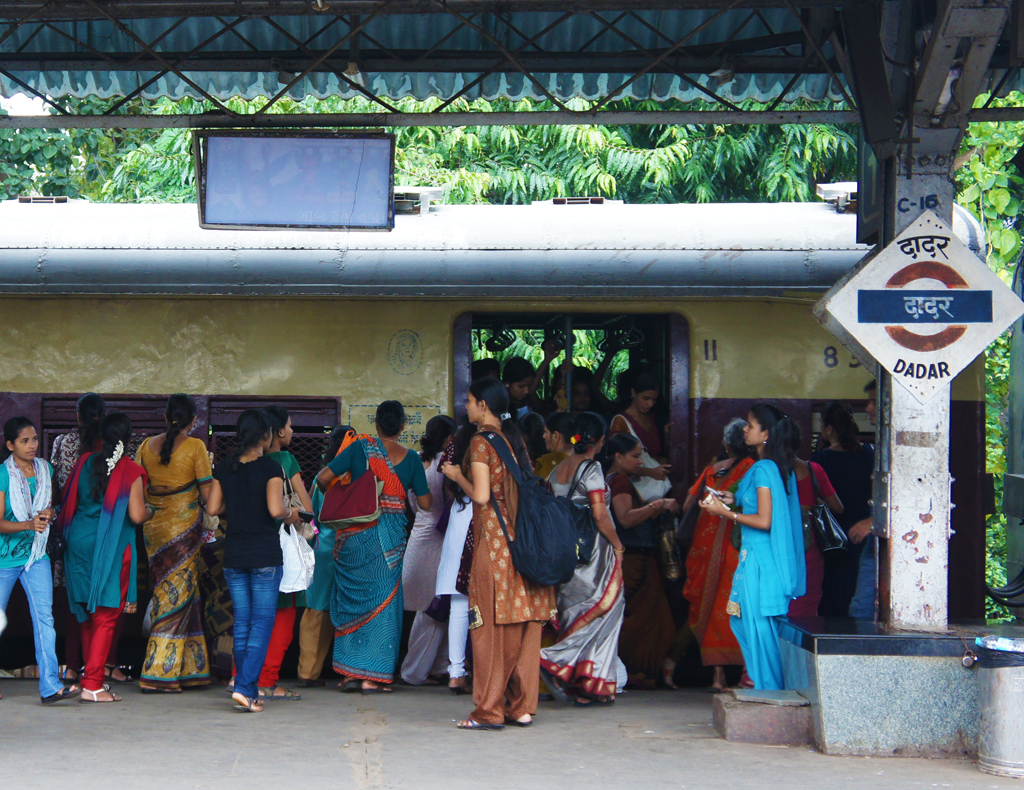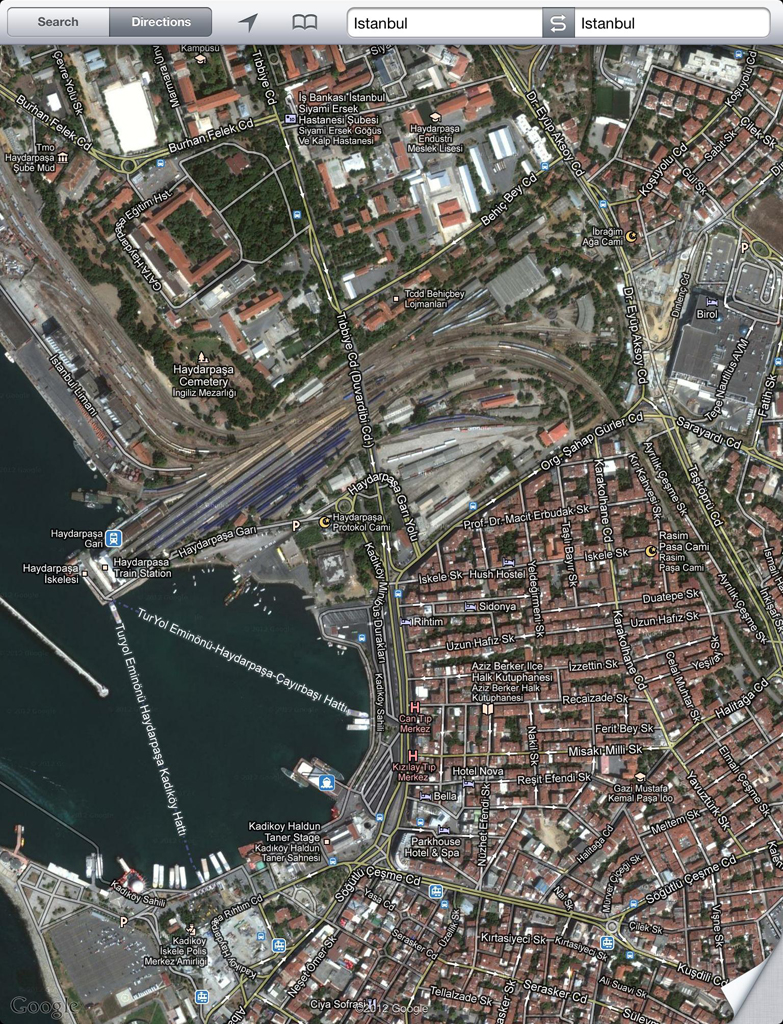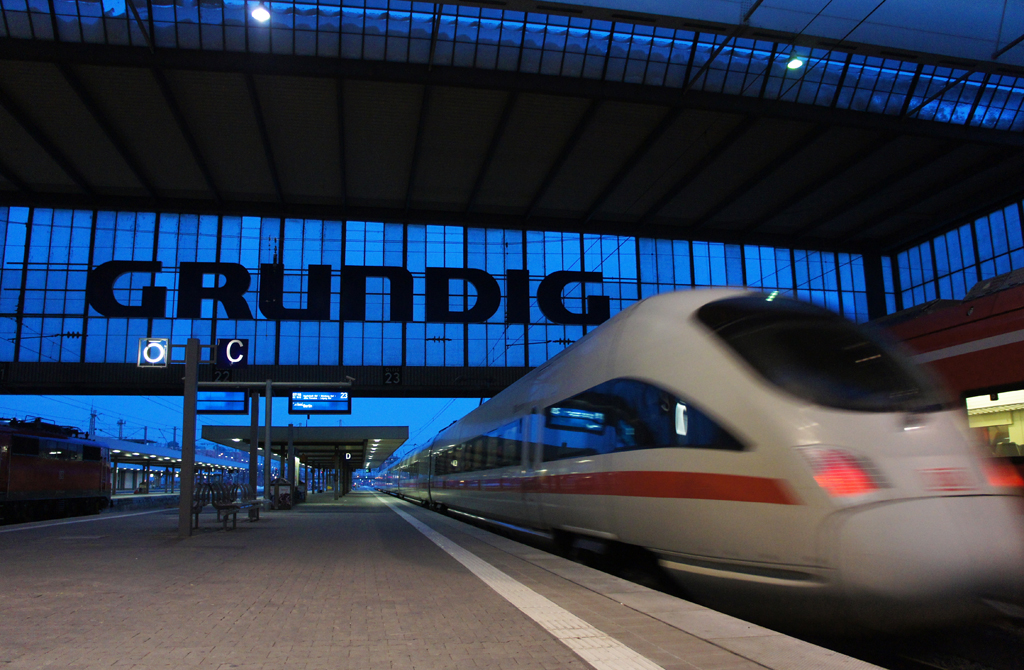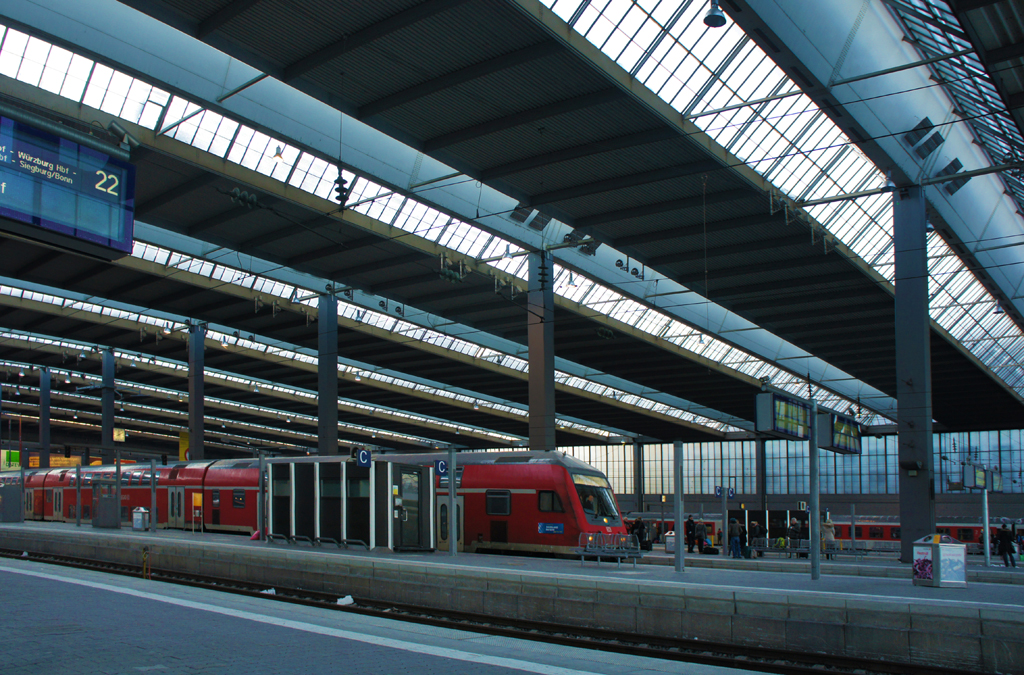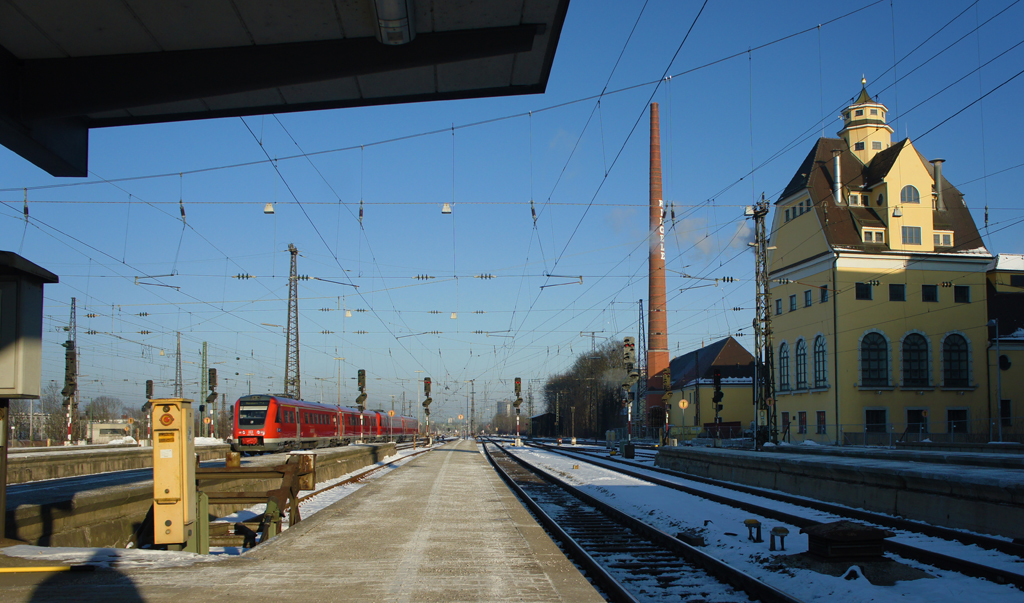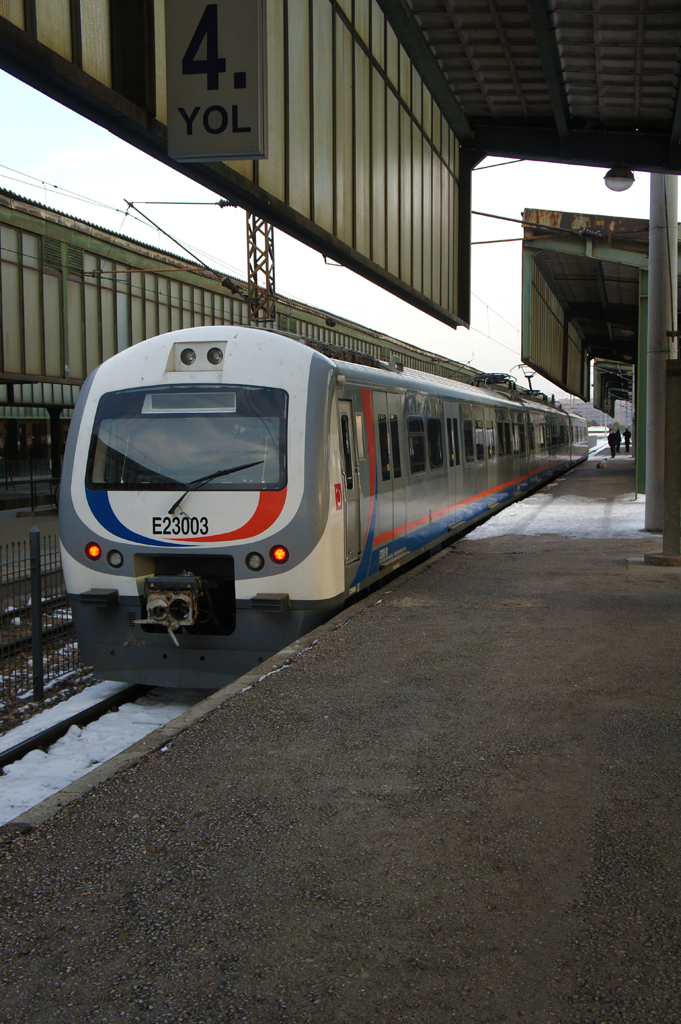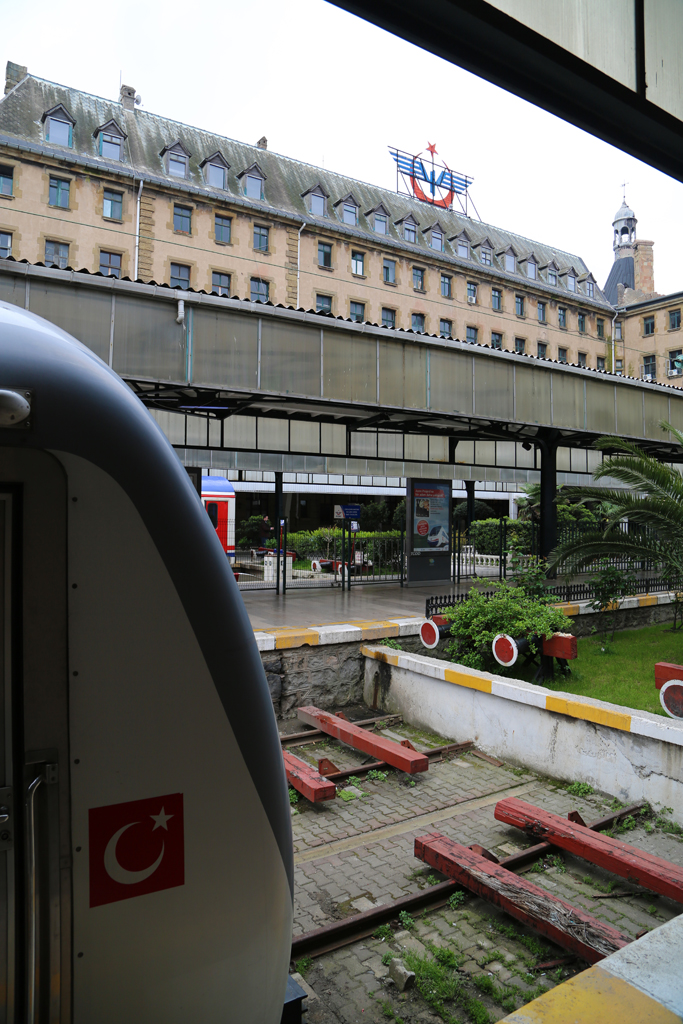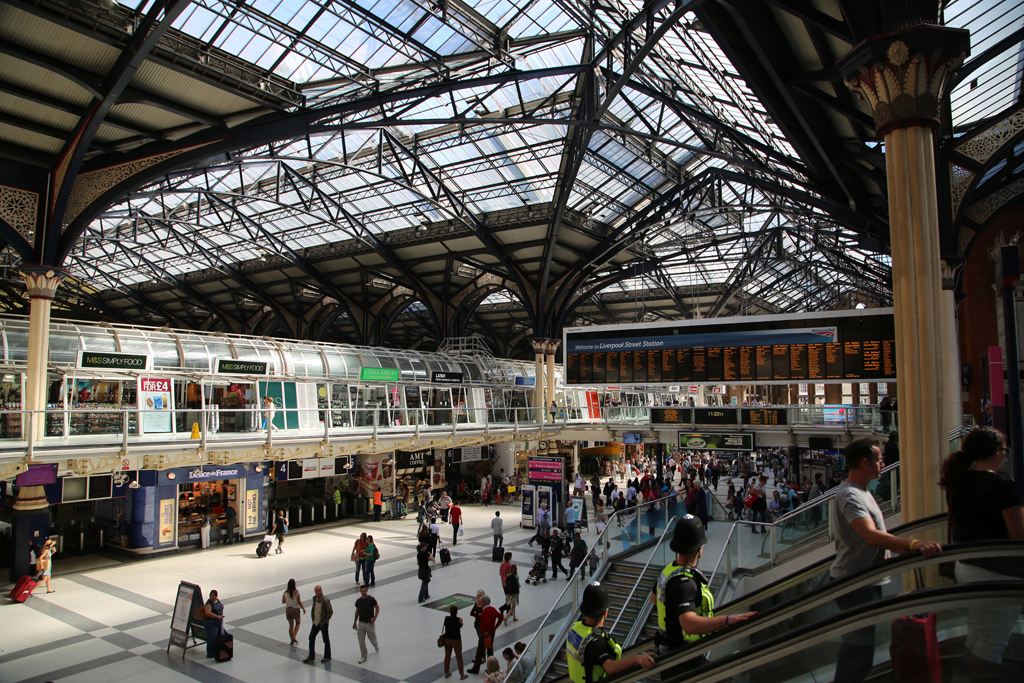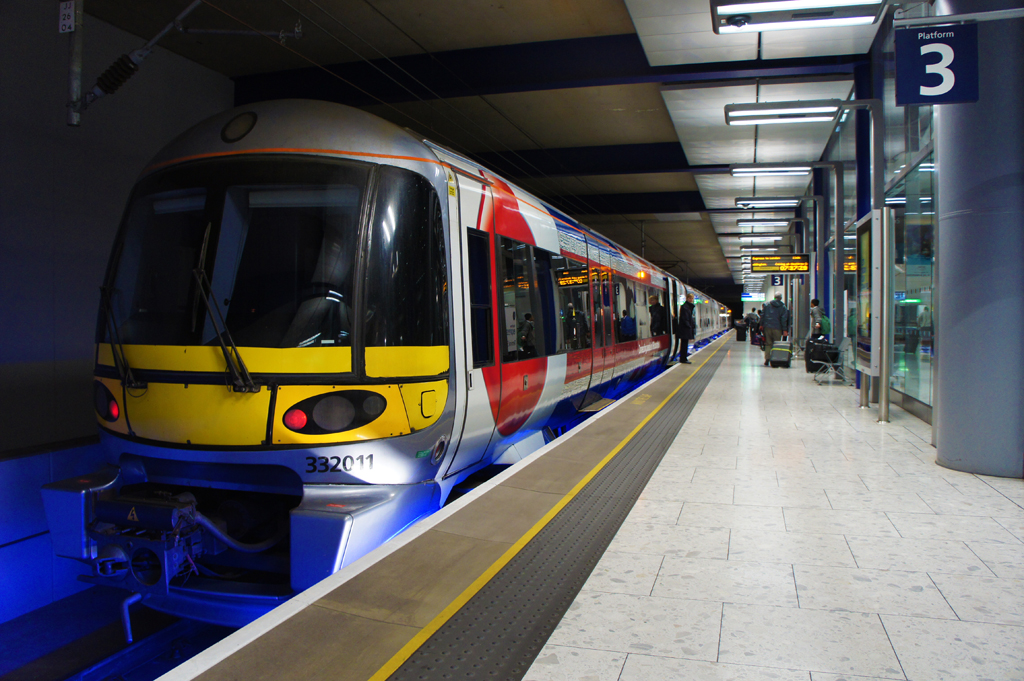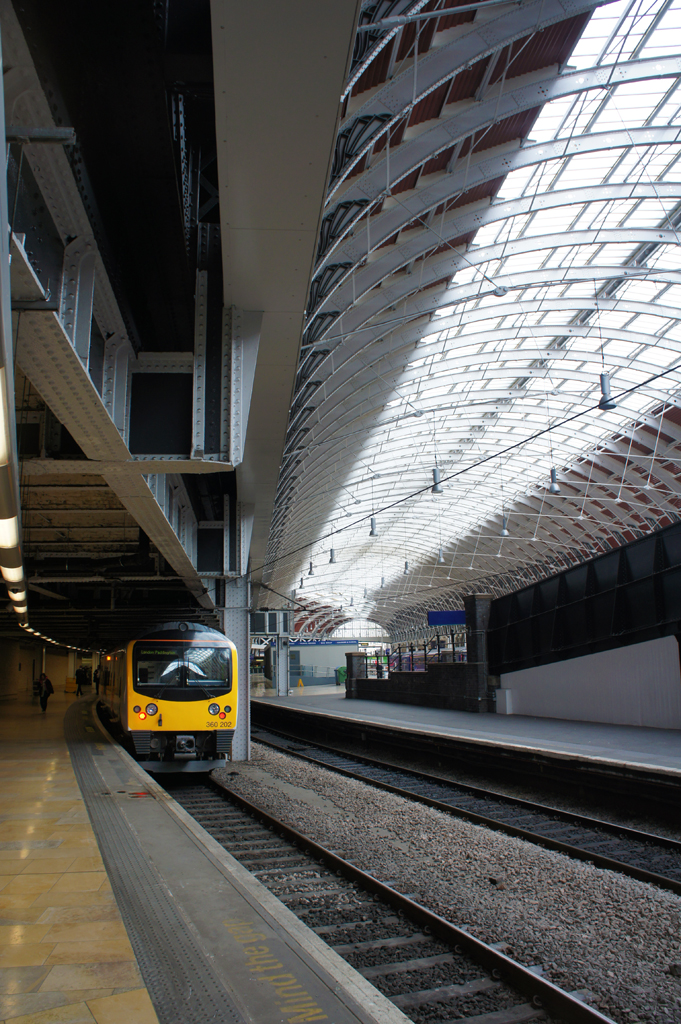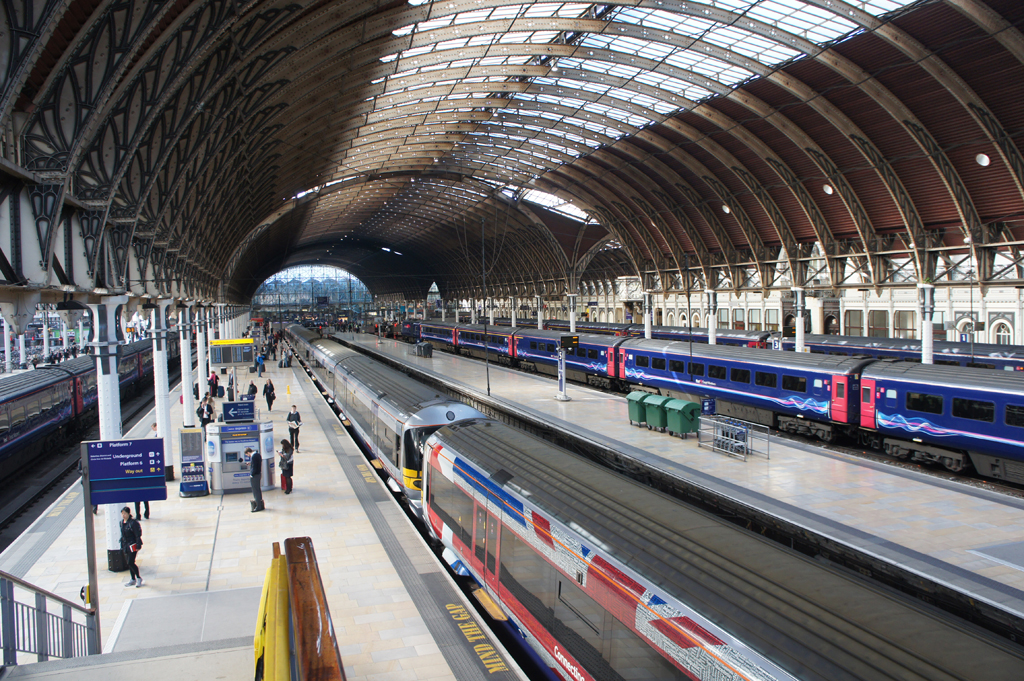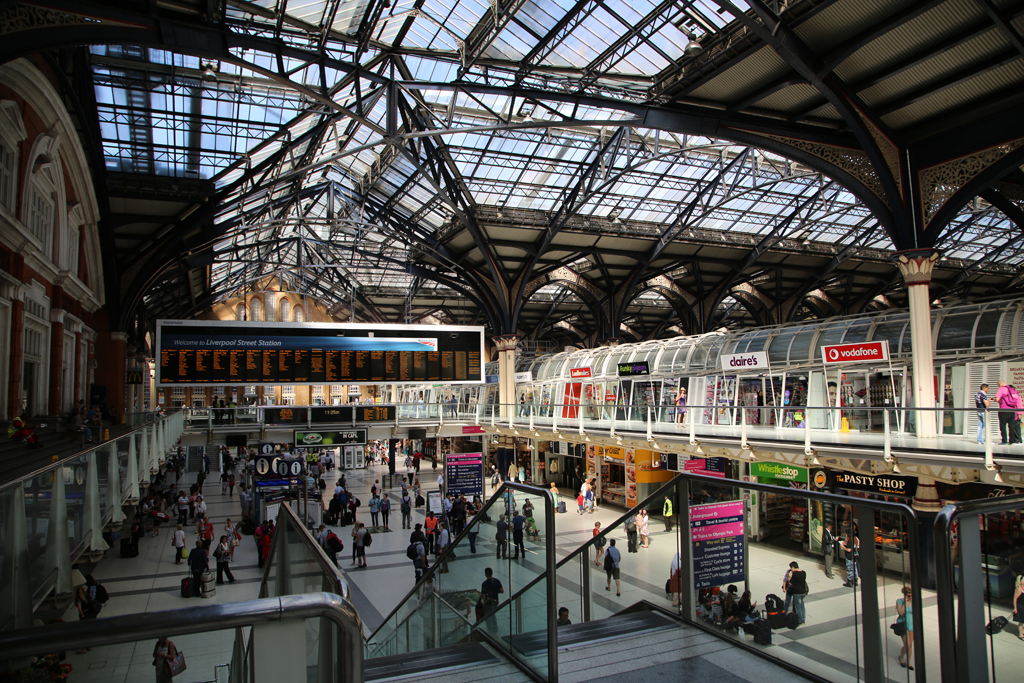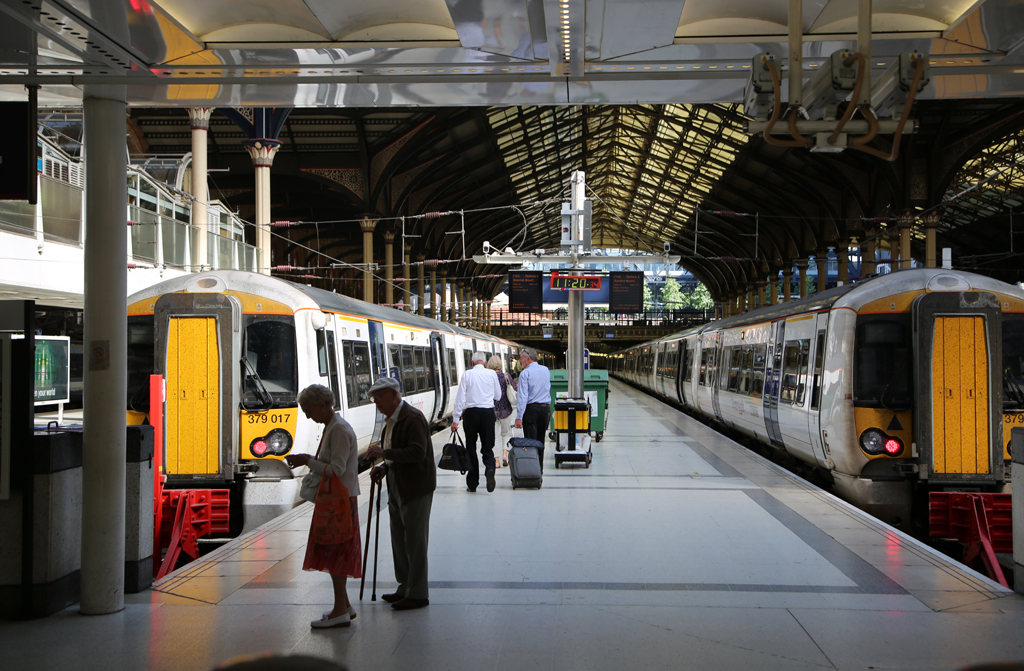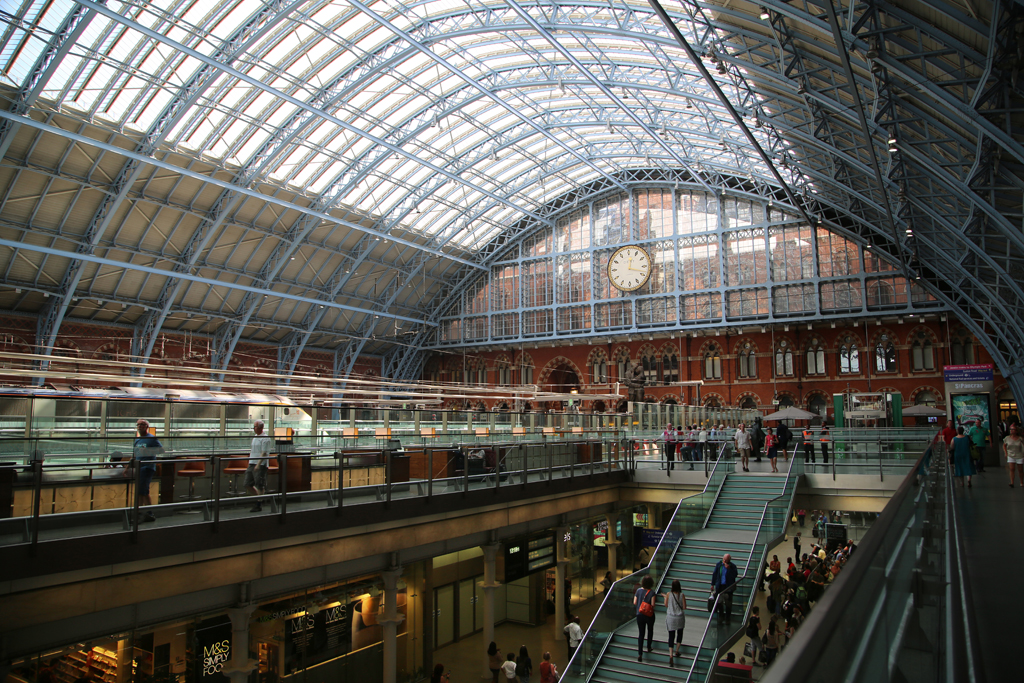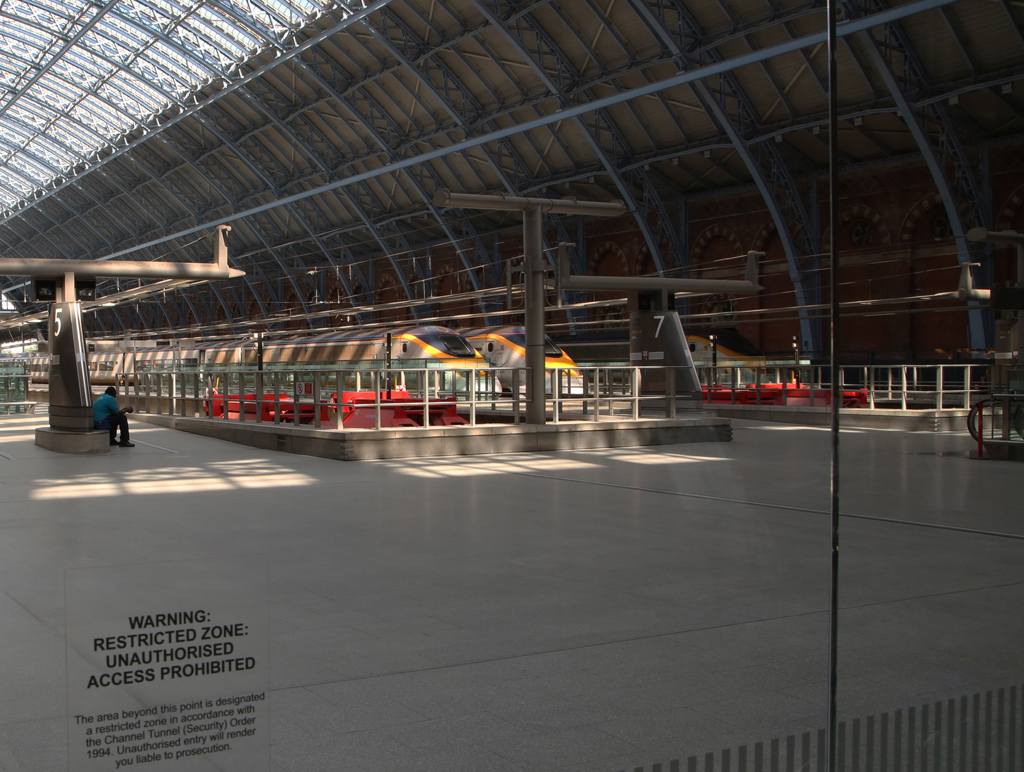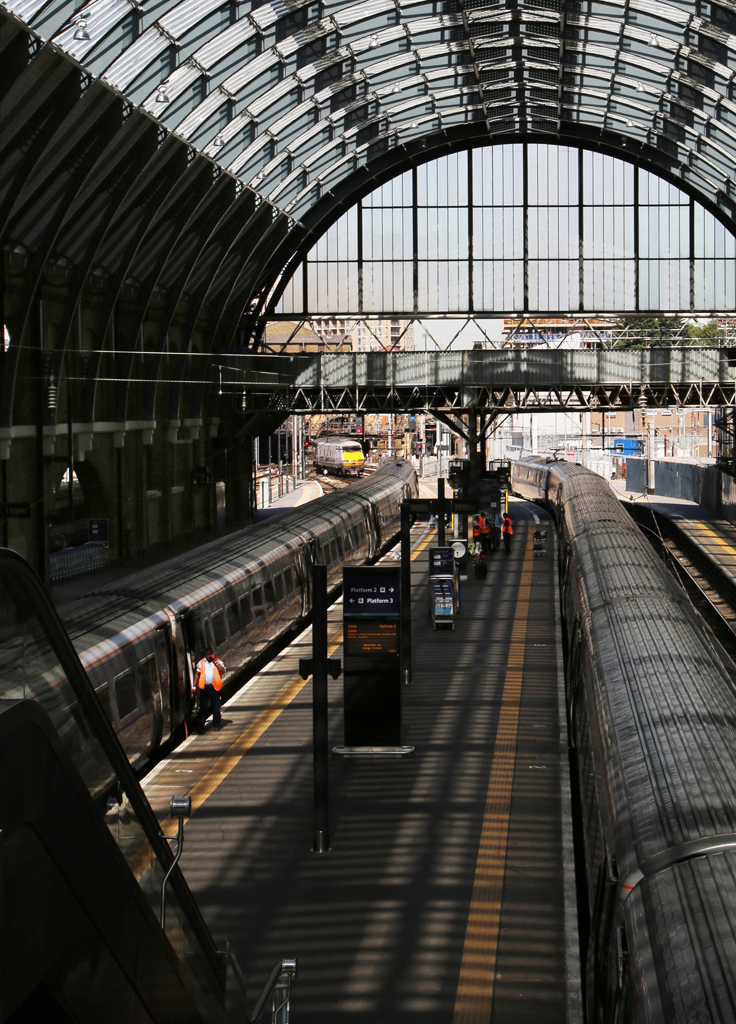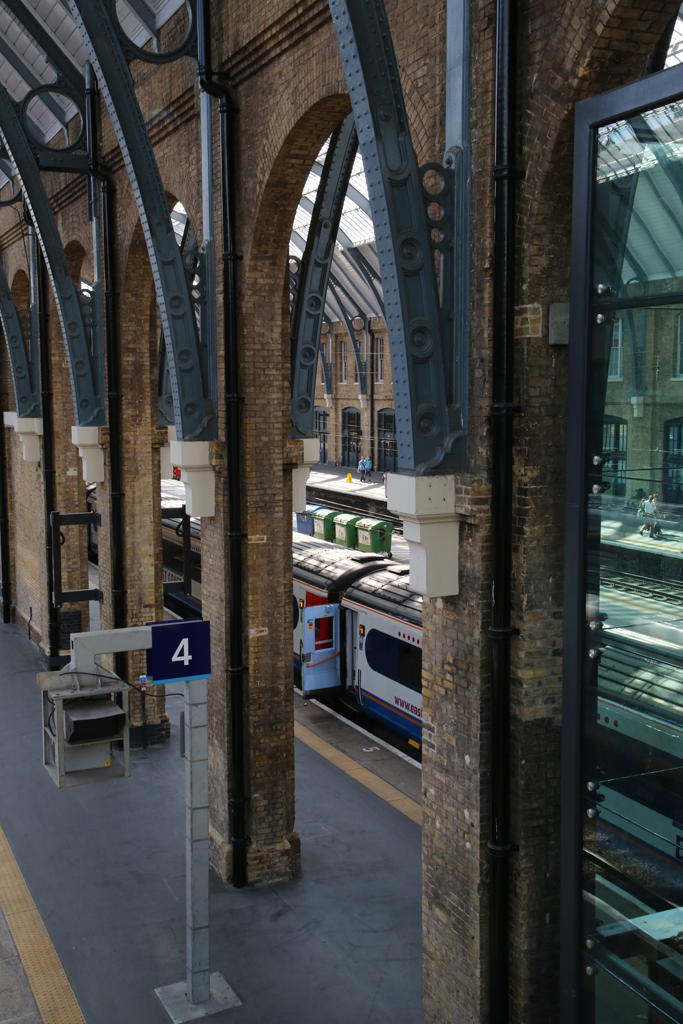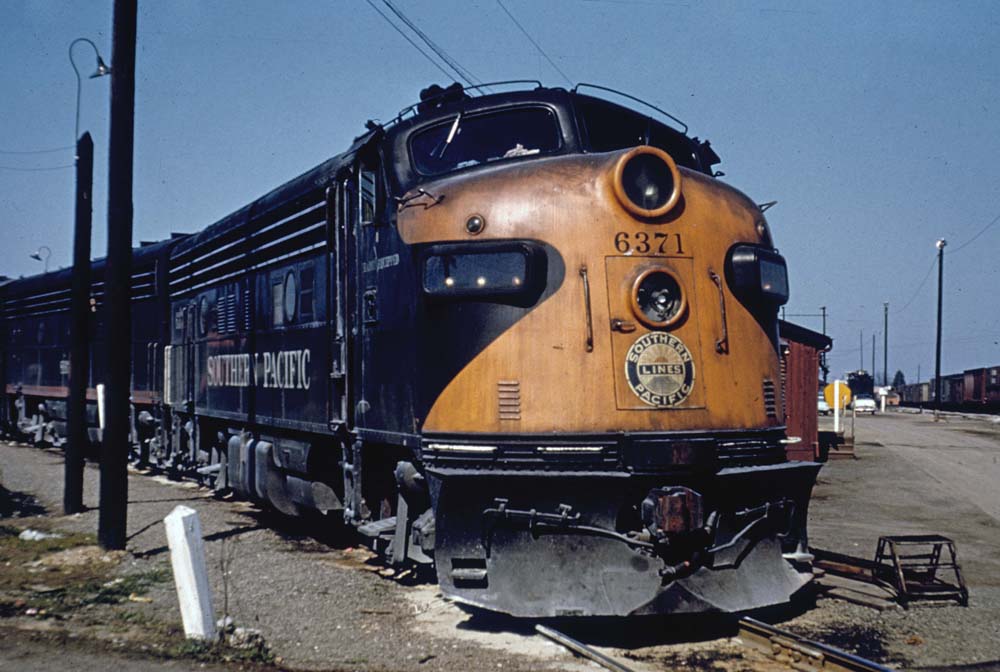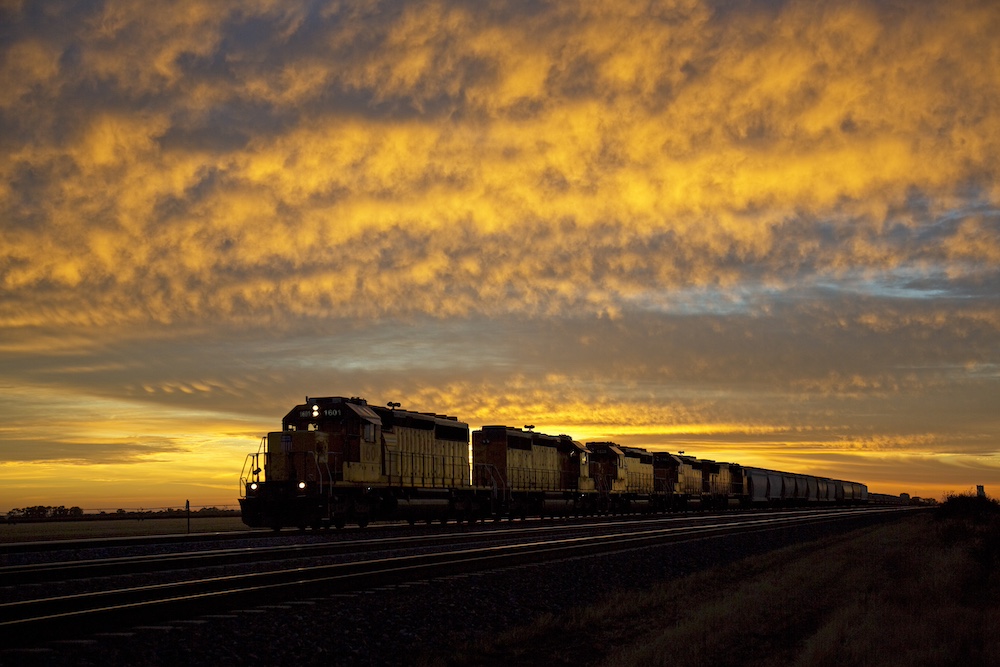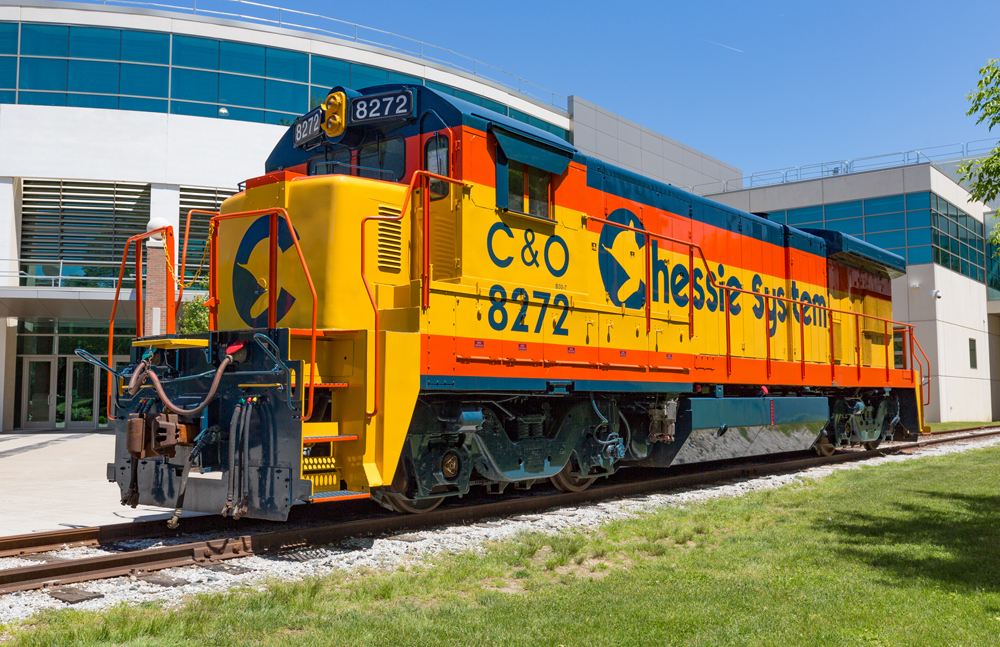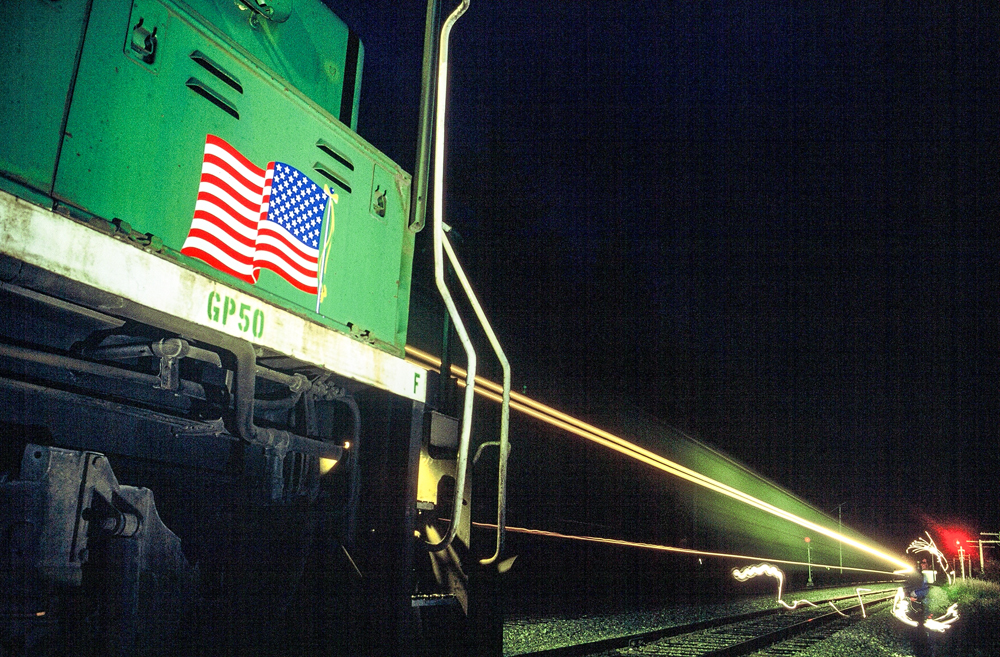Before a trip, I like to research my destination. Typically, I read about the history of the station, determine its architect and engineer, study its location and proximity to the rest of the city or village, and find out whether it connects to additional modes of transportation. Then, when taking photos, I employ the principles of time, space, and activity. Here’s how:
The time principle: sunlight, orientation, and time of day
The Google Maps aerial photo (Image 4) of Haydarpasa Station in Istanbul shows how the station fits into the city: where trains enter and exit; the location of the major programmatic components, including ticketing booths and shops; and its orientation to the north, south, east, and west. Determining the orientation and direction of incoming trains will help you incorporate the time principle, specifically when sunlight reaches to and through the building. By looking at an aerial photograph, you can find the best times of the day to catch light on trains, the trainshed, and platform and waiting areas. For example, if the orientation of incoming trains is from the east, afternoon and evening sunlight will typically provide solid light and shadow.
When visiting a new station, I walk throughout the station to the end of the platforms. Then I study the pattern of train movements from the yard and approach tracks into the station to strategize. Remember to initially orient your photos to the best time of day for well-lit frames. A general rule of thumb is to keep the sun over your shoulder when seeking a balanced light composition — but rules are made to be broken. Also remember early mornings and evenings typically correspond to increased train activity; more photography opportunities; and high-quality, saturated lighting conditions (Images 5, 6, and 7).
Many cities overseas discourage station photography without prior or proper permission, so check with the local on-site authorities.
I try to tell a story in each of my train station photographs. Sometimes the train takes center stage in the image, while other times it is a subtle footnote or layer in the composition (Images 8 and 9). Let the scene and your instincts guide and shape your storytelling.
The space principle: volume, structure, and spatial definition
One of my favorite aspects of railway stations is their amazing spatial variation, scale, and structural rhythm. They are like miniature cities under one roof. The cross section of a station can include multiuse commercial towers above, subway lines below, and rail ticketing and station platforms at grade level. At the intersections of these spaces, you’ll find unique forms and opportunities for powerful images. A classic example is Liverpool Street Station in London (Image 10). The Circle Line tube (subway) arrives a full level below the railway station and opens from a single-story concourse to a nearly four-story steel and glass, Victorian-inspired retail gallery and trainshed. The visitor can shop, dine, and recline in a multitude of retail offerings in a light-filled, vaulted glass hall. I recommend a scouting walk, taking stairs or escalators to create images upward, downward, and diagonally.
The activity principle: people, trains, and machines
Few places match the ever-changing activity of a railway station. I try to capture scenes of passenger arrival and departure, trains at rest and departure, and images of the front- and back-of-house activity of people and trains in action.
I visit many cities in Europe and Asia for my job, and I like to break the long hours of travel into segments to stay sane and walk a bit before the next flight. Instead of a typical two- or three-hour layover between planes, I recently scheduled seven hours to tour four of London’s hallmark railway stations before heading back to Heathrow airport to catch my connecting flight to Moscow. I allowed around an hour for each station visit, an hour to and from the airport and 15 to 20 minutes by subway between stations. The beauty of this trip was that all of the travel was by rail!
First I rode on the airport tram to Heathrow Terminal 5 and then on to the Heathrow Express into downtown London (Image 11). In 20 minutes, I arrived at the first of my four destinations: Paddington Station. A marvelous example of golden-era British Railway Architecture, Paddington Station’s arrival platform and arched glass trainshed afford both track-level views and an overhead walkway for aerial images of arriving and departing trains below the impressive glass and steel vaulted roof (Images 12 and 13).
For the next step of the journey, I dropped down one level below Paddington Station and purchased a multi-ride ticket on the Circle Line tube for the 20-minute ride to Liverpool Street Station in London’s East End. This station is probably my personal favorite of the four with its eccentric vaulted steel and glass roof and canopy. The visual and physical movements of the spaces, starting from the below-grade retail arrival concourse, ascending to the upper retail and track-level platforms, are full of photographic opportunity (Images 14 and 15).
After another brief Circle Line tube ride, St. Pancras Station presented itself in full splendor. From the lower tube level, arriving passengers enter a full multistory retail mall that spatially opens directly into a grand arched steel and glass trainshed. To one end of the station and slightly to one side, a series of interurban trains collect and deliver passengers just outside the grand arched hall. Occupying center stage at track level, directly under the immense, clear-span arched roof, are a half dozen glass-enclosed platforms providing the start and finish point of the high-speed channel tunnel express trains between London and Paris (Images 16 and 17). Lining the perimeter of this central platform level is a collection of venerable restaurant eateries and support retail. A few steps past the restaurants are the upper- and lower-level station entrance doors, and just a stone’s throw away is the fourth and final destination, King’s Cross.
King’s Cross Station presents an entirely different scale, proportion, and feel compared to the larger, single grand span of St. Pancras. Consisting of two smaller, parallel vaulted arches enveloping a half dozen tracks below each vault, King’s Cross is a powerful and memorable building of brick masonry and steel arched walls and structure, supporting an iron and steel glass roof from the golden era of British railway history. The platforms are gated with glass partitions and require ticket purchases to enter. There is an overhead walkway connecting passengers to each of the track platforms at about the mid-point of the platform (Images 18 and 19).
I hope seeing these photos and thinking about time, space, and activity inspires your next shoot. Experiment, enjoy, and share your photos with others!
TODD HALAMKA is a member of the Center for Railroad Photography & Art and a senior vice president, principal, and director of design at the Chicago office of HOK, a global design, architecture, and engineering firm.





